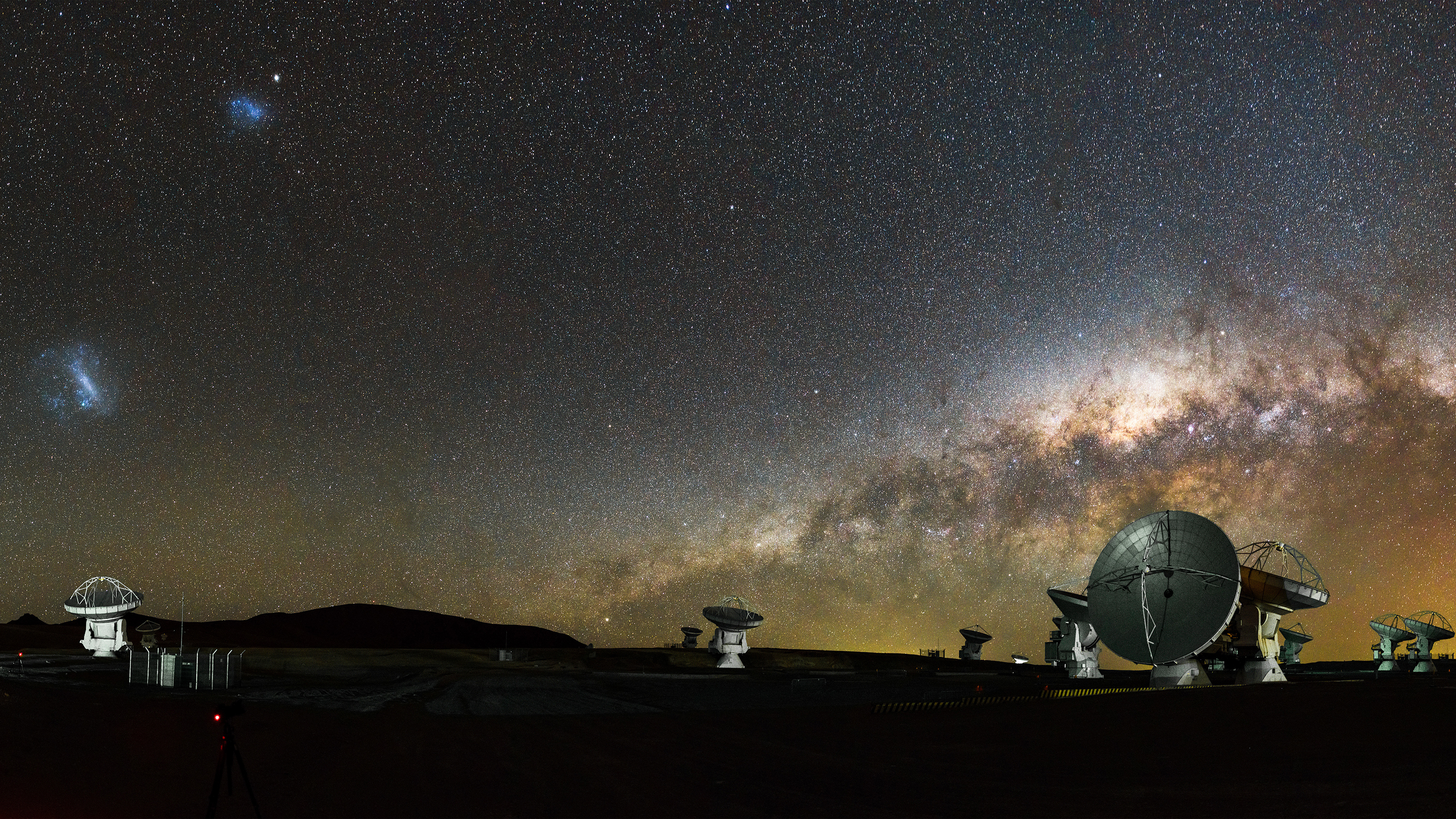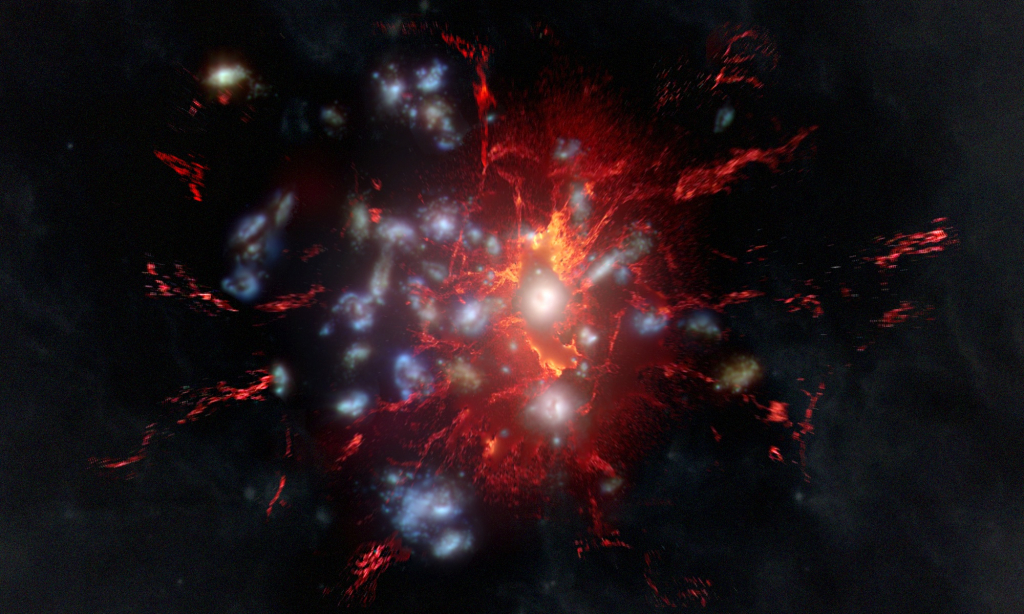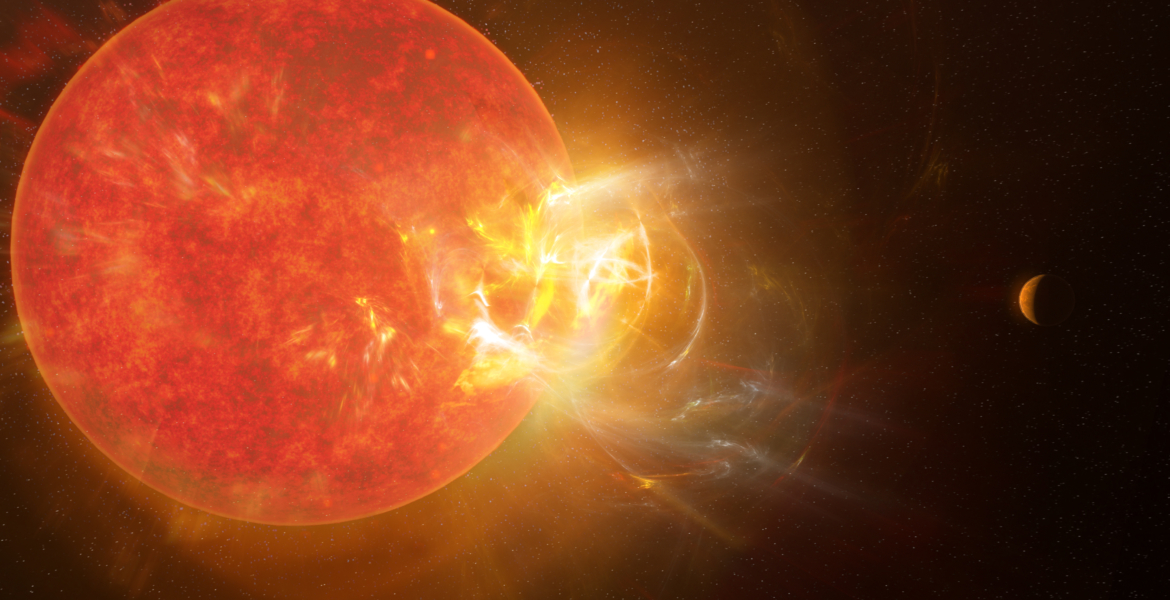A team of astronomers has used archived ALMA observations to identify for the first time the characteristic radio recombination lines associated with shells of ionized gas surrounding Solar System-sized proplyd disks in the Orion Nebula Cluster, at a distance of 1000 light-years from Earth.




